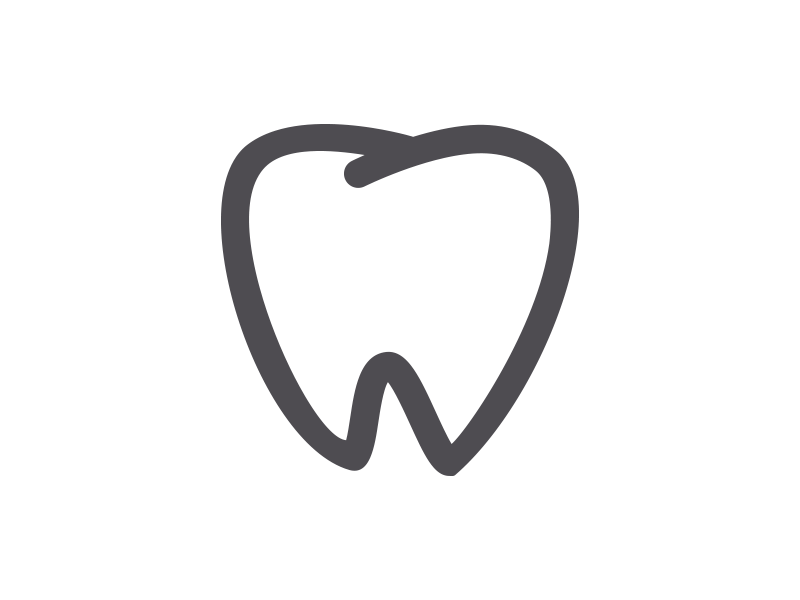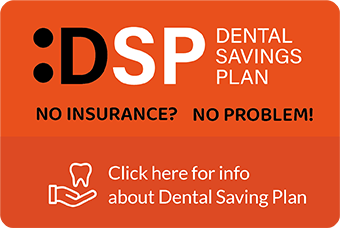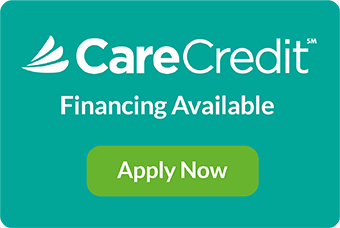Flossing
Flossing
Why do I need to clean between my teeth?
Even if you brush twice a day, there are places your toothbrush bristles can’t reach. There are several ways to clean between your teeth and flossing is the most common. Flossing removes plaque and food particles from between teeth and under the gum line. Your dentist or hygienist can show you the right way to floss. It may feel clumsy at first, but don’t give up! It takes time to get the hang of it. The following suggestions may help:
If you haven’t been flossing, you may experience sore or bleeding gums for the first five or so days that you floss. This should stop once the plaque is broken up and the bacteria are removed. If bleeding does not stop, see your dentist.
If you have trouble handling floss, you may wish to try some other ways to clean between your teeth. There are a number of products, known as interdental cleaners that you can use. These include water flossers, pre-threaded flossers, tiny brushes and wooden plaque removers. Talk with your dentist or hygienist about which product may be most helpful to you.

There are so many dental products. How do I know what works best?
• Choose products with the American Dental Association Seal of Acceptance. The ADA Seal on a product is your assurance that it has met ADA standards for safety and effectiveness. Look for the ADA Seal on fluoride toothpaste, toothbrushes, floss, interdental cleaners, oral irrigators and mouth rinse.
• Look for a toothpaste with fluoride. Fluoride helps keep tooth enamel strong and can aid in repairing the early stages of decay. If you have sensitive teeth, your dentist may suggest using special toothpaste.
• Select a toothbrush with soft bristles that feels comfortable in your hand and in your mouth, and use it twice a day. All ADA-accepted toothbrushes – manual or powered – earned the ADA Seal because they can remove plaque above the gum line and reduce gingivitis. For children, choose a child-sized toothbrush.
• Replace your toothbrush every three or four months, or sooner if the bristles become frayed. A worn toothbrush won’t clean your teeth properly. Children’s toothbrushes often need replacing more frequently because they can wear out sooner. If you have hand, arm, or shoulder problems that limit movement, you may find a powered toothbrush easier to use.
• Oral irrigating devices use a stream of water to remove food particles around the teeth. They can be helpful for people who wear braces or dentures. However, an oral irrigator is meant to enhance, not replace, regular brushing and flossing.
• Check mouthrinse labels closely. Some mouthrinses just have a pleasant taste others actually kill germs and reduce plaque. Some also have fluoride. If you are constantly using a breath freshener for bad breath, see your dentist. In some cases, bad breath may be a sign of poor health.
• Ask your dentist or hygienist for product tips. People’s needs may differ, and your dental team can point you to products for your specific needs.
Basic Flossing
Your dentist or hygienist can show you the right way to floss. It may feel clumsy at first, but don’t give up. It takes time to get the hang of it. The following suggestions may help.
 1. Break off about 18 inches of floss and wind most of it around one of your middle fingers. Wind the remaining floss around a finger of the opposite hand. This finger will take up the used floss. 1. Break off about 18 inches of floss and wind most of it around one of your middle fingers. Wind the remaining floss around a finger of the opposite hand. This finger will take up the used floss. |
 2. Hold the floss tightly between your thumbs and forefingers. Guide the floss between your teeth, using a gentle rubbing motion. To avoid injuring your gums, never snap the floss into gum tissue. 2. Hold the floss tightly between your thumbs and forefingers. Guide the floss between your teeth, using a gentle rubbing motion. To avoid injuring your gums, never snap the floss into gum tissue. |
 3. When the floss reaches the gum line, curve it into a C shape against one tooth. Gently slide it into the space between the gum and the tooth. 3. When the floss reaches the gum line, curve it into a C shape against one tooth. Gently slide it into the space between the gum and the tooth. |
 4. Hold the floss tightly against the tooth. Gently rub the side of the tooth, moving the floss away from the gum with up and down motions. 4. Hold the floss tightly against the tooth. Gently rub the side of the tooth, moving the floss away from the gum with up and down motions. |
 5. Repeat this method on the rest of your teeth. As you move from tooth to tooth, unwind the clean floss with one finger and take up the used floss with the finger on the opposite hand. Do not forget the back side of the last tooth. 5. Repeat this method on the rest of your teeth. As you move from tooth to tooth, unwind the clean floss with one finger and take up the used floss with the finger on the opposite hand. Do not forget the back side of the last tooth. |
Patient education content ©2017 American Dental Association. All rights reserved. “ADA” and the “ADA” Logo are registered trademarks of the American Dental Association.













